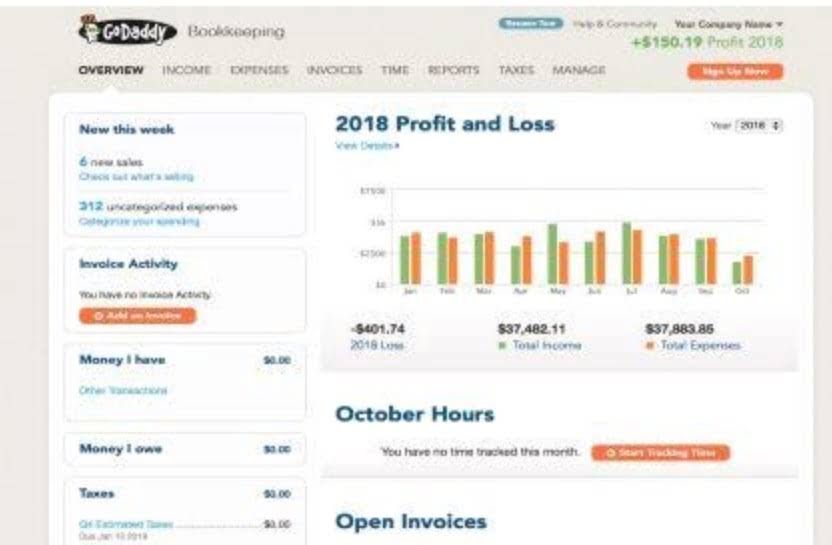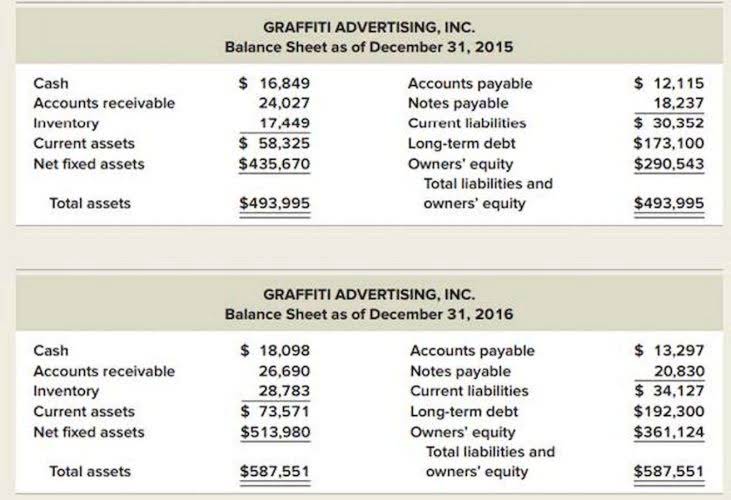
This document is essential for organizations to comply with reporting standards. Stakeholders gain a clearer picture of resource allocation and efficiency. Accurate categorization in this statement can guide strategic resource management decisions effectively. Understanding this concept is crucial for those involved in financial management of nonprofit organizations.
Fundraising expenses

An organization manager is any officer, director, or trustee of an applicable tax-exempt organization, or any individual having powers or responsibilities similar to officers, directors, or trustees of the organization, regardless of title. An organization manager isn’t considered to have participated in an excess benefit transaction where the manager has opposed the transaction in a manner consistent with the fulfillment of the manager’s responsibilities to the organization. For example, a director who votes against giving an excess benefit would ordinarily not be subject to this tax. An excise tax equal to 25% of the excess benefit is imposed on each excess benefit transaction between an applicable tax-exempt organization and a disqualified person. The disqualified person who benefited from the transaction is liable for the tax. If the 25% tax is imposed and the excess benefit transaction isn’t corrected within the tax period, an additional excise tax equal to 200% of the excess benefit is imposed.

Acknowledgment to substantiate charitable contributions.
We’ve rounded up the most useful financial statement templates in Microsoft Word. The IRS requires it on Form 990, and it provides transparency to donors about how funds are used. If your administrative costs seem high one year because you invested in new technology or staff training, explain how these investments will improve your program delivery in the long run.
- Rent received from leased personal property is generally taxable except when leased with real property, and the rent attributable to the personal property doesn’t exceed 10% of the total rents from all leased property.
- Activity-based budgeting and reporting also benefits the organization as it allows an organization to see its business model.
- This is like the for-profit equivalent “statement of cash flows” document.
- Section B requires reporting of the five highest compensated independent contractors.
- For purposes of Form 990 reporting, the term “section 501(c)(3)” includes organizations exempt under sections 501(e) and (f) (cooperative service organizations), 501(j) (amateur sports organizations), 501(k) (childcare organizations), and 501(n) (charitable risk pools).
Statement of Functional Expenses: Nonprofit Guide + Free Template
As a general rule, in the case of a nonfixed payment, no rebuttable presumption arises until the exact amount of the payment is determined, or a fixed formula for calculating the payment is specified, and the three requirements creating the presumption have been satisfied. In the case of multiple affiliated organizations, the determination of whether a person has substantial influence is made separately for each applicable tax-exempt organization. A person may be a disqualified person for more than one organization in the same transaction. However, if the group return includes separate statements for each local or subordinate organization included in the group return, the local or subordinate organization receiving the request can omit any statements relating only to other organizations included in the group return. If a tax-exempt organization charges a fee for copying and postage, it must accept payment by certified check, money order, and either personal check or credit card for requests made in writing. A regional or district office is any office of a tax-exempt organization, other than its principal office, that has paid employees, whether part-time or full-time, whose aggregate number of paid hours a week is normally statement of functional expenses template at least 120.

- To find it, go to the AppStore and type airSlate SignNow in the search field.
- Applications filed before July 15, 1987, need not be made publicly available unless the organization had a copy on July 15, 1987.
- The above is an example of a one-step allocation that shows how to report the allocation in Part IX.
- Moreover, consulting with accounting experts can provide valuable insights and refine allocation methodologies.
- It also helps reinforce that the majority of your organization’s financial efforts are directly supporting your goals.
- While, in certain circumstances, an organization may be able to meet both requirements with the same written document, an organization must be careful to satisfy the section 6115 written disclosure statement requirement in a timely manner because of the penalties involved.
Program expenses that are directly related to carrying out the nonprofit’s mission – the services, activities and deliverables that fulfill its tax-exempt purpose – can be allocated to program expenses under GAAP. Most nonprofits classify expenses into program services, management and general (administration), and fundraising. Functional expense allocation presents several challenges for nonprofits.
For example, an organization with an interest in a foreign partnership would need to take into account its share of the partnership’s revenue and expenses in determining whether the $10,000 threshold is exceeded. Don’t report a fundraising activity as a program service accomplishment unless it is substantially related to the accomplishment of the organization’s exempt purposes (other than by raising funds). In general, all information the organization reports on or with its Form 990, including schedules and attachments, will be available for public inspection.
Sourcetable’s Statement of Functional Expenses Excel Template Generator streamlines nonprofit financial reporting. This AI-powered tool combines Excel’s functionality with ChatGPT’s natural language processing to create customized templates quickly and accurately. Whether you’re preparing for audits, board meetings, or IRS Form 990, Sourcetable ensures your expense allocations meet reporting standards. Your nonprofit’s financial statements are only as accurate as the financial data you input. To produce effective financial statements, reconcile your accounts gross vs net and review your data throughout the fiscal year to catch errors before compiling reports. Put in the effort to organize your financial data and improve your nonprofit’s approach to accounting now to make financial statements a breeze when it’s time to create them.

Although your nonprofit’s statement of functional expenses is essential for compliance, analyzing it and applying the insights you glean to your expense allocation and budgeting procedures can provide even more value for your organization. Use the tips in this guide to get started, and don’t hesitate to reach out for professional assistance whenever you need it. Compile your Suspense Account statement of functional expenses as soon as you close your books for the fiscal year.






Leave a Reply